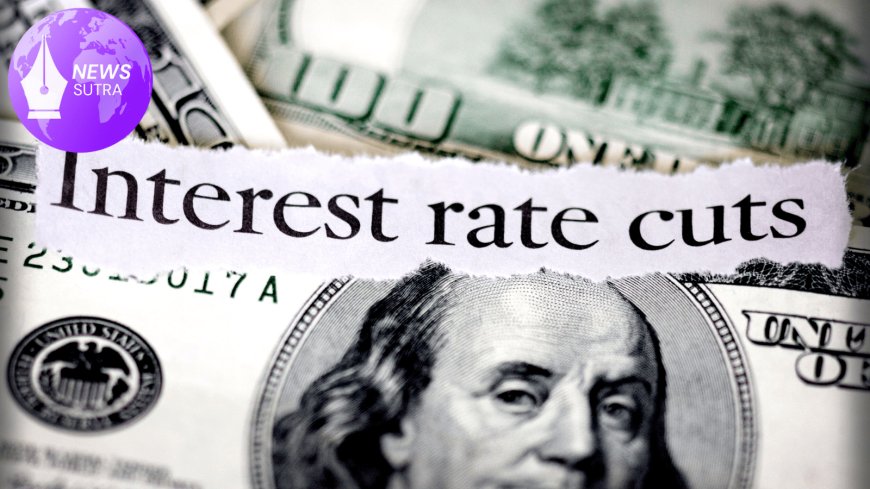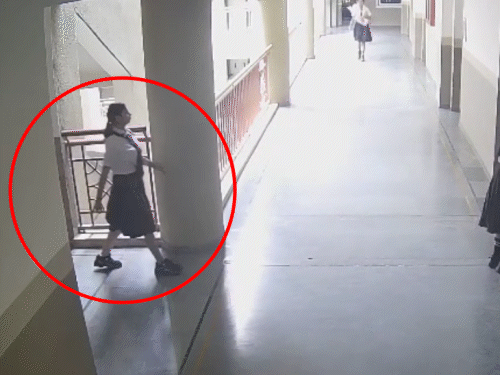Federal Reserve Signals First Rate Cut of 2025 Amid Shifts in Inflation and Labor Market Data
Major economic indicators, including PPI and labor market trends, signal the first Federal Reserve rate cut in 2025, highlighting easing inflation and stable employment.

The Federal Reserve is signaling its first interest rate cut of 2025 as key economic indicators suggest inflationary pressures are easing and labor market conditions are stabilizing. Investors and economists are closely analyzing recent reports, including the Producer Price Index (PPI) and employment trends, to gauge the central bank’s next steps in its monetary policy strategy.
Inflation Trends Easing
According to the Bureau of Labor Statistics, the Producer Price Index (PPI) for July rose just 0.1% month-over-month, a sharp slowdown compared with prior months. Core PPI, which excludes volatile food and energy costs, also moderated, suggesting that underlying inflation pressures may be retreating.
“After months of persistent inflation, the data are finally signaling relief,” said Dr. Karen Holt, senior economist at The Brookings Institution. “A rate cut at this juncture would reflect the Fed’s confidence that inflation is returning to manageable levels without derailing economic growth.”
Consumer price trends are showing similar signs. While some sectors, such as housing and healthcare, continue to experience price pressures, overall inflation has cooled, giving the Fed room to consider a policy shift.
Labor Market Strength and Wage Trends
The latest employment report indicates that job growth remains solid, though slowing compared with the extraordinary gains seen during the post-pandemic recovery. Nonfarm payrolls rose by 178,000 in July, slightly below expectations, while the unemployment rate held steady at 3.6%.
Wage growth has also moderated, easing concerns that rising labor costs could reignite inflation. Economists note that this balance between steady employment and controlled wage growth is a favorable environment for a rate cut.
Implications for the Federal Reserve
The Federal Reserve, led by Chair Jerome Powell, has maintained a cautious approach throughout 2025. After a series of rate hikes designed to tame high inflation, officials are now assessing whether economic conditions justify easing.
Market expectations reflect this shift. Futures tied to the federal funds rate indicate a high probability of at least a 25-basis-point cut at the next Federal Open Market Committee (FOMC) meeting in September.
“The Fed’s decision will likely hinge on whether incoming data continue to show moderation in both inflation and wage growth,” said Quincy Krosby, chief global strategist at LPL Financial. “A rate cut could boost investor confidence and support continued economic expansion.”
Market Reactions
U.S. stock markets reacted positively to the inflation and labor data, with indices like the S&P 500 and Nasdaq showing modest gains. Treasury yields fell slightly, reflecting expectations for looser monetary policy.
Bond investors and currency traders are also recalibrating positions, anticipating that lower interest rates may influence global capital flows and domestic borrowing costs.
Broader Economic Impact
A rate cut could have several ripple effects across the economy. Mortgage rates may ease, potentially boosting the housing market, while consumer loans and corporate borrowing costs could decline, stimulating spending and investment.
However, some analysts caution that rate reductions must be carefully balanced to avoid reigniting inflation. The Fed faces the challenge of supporting growth while ensuring long-term price stability.
Outlook Ahead
As the September FOMC meeting approaches, all eyes remain on the Fed’s next move. With inflation easing and labor market conditions stable, the stage is set for the first rate cut of 2025, a development that could influence markets and consumers alike in the months ahead.
What's Your Reaction?
 Like
0
Like
0
 Dislike
0
Dislike
0
 Love
0
Love
0
 Funny
0
Funny
0
 Angry
0
Angry
0
 Sad
0
Sad
0
 Wow
0
Wow
0






































































